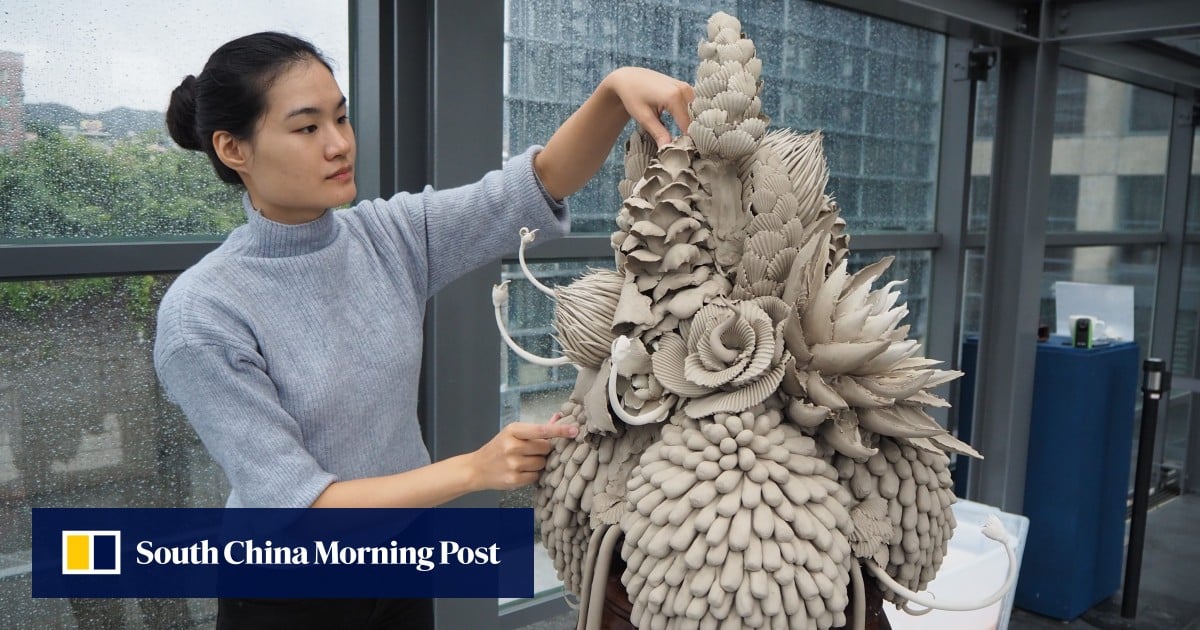This was exactly what Li hoped would happen.
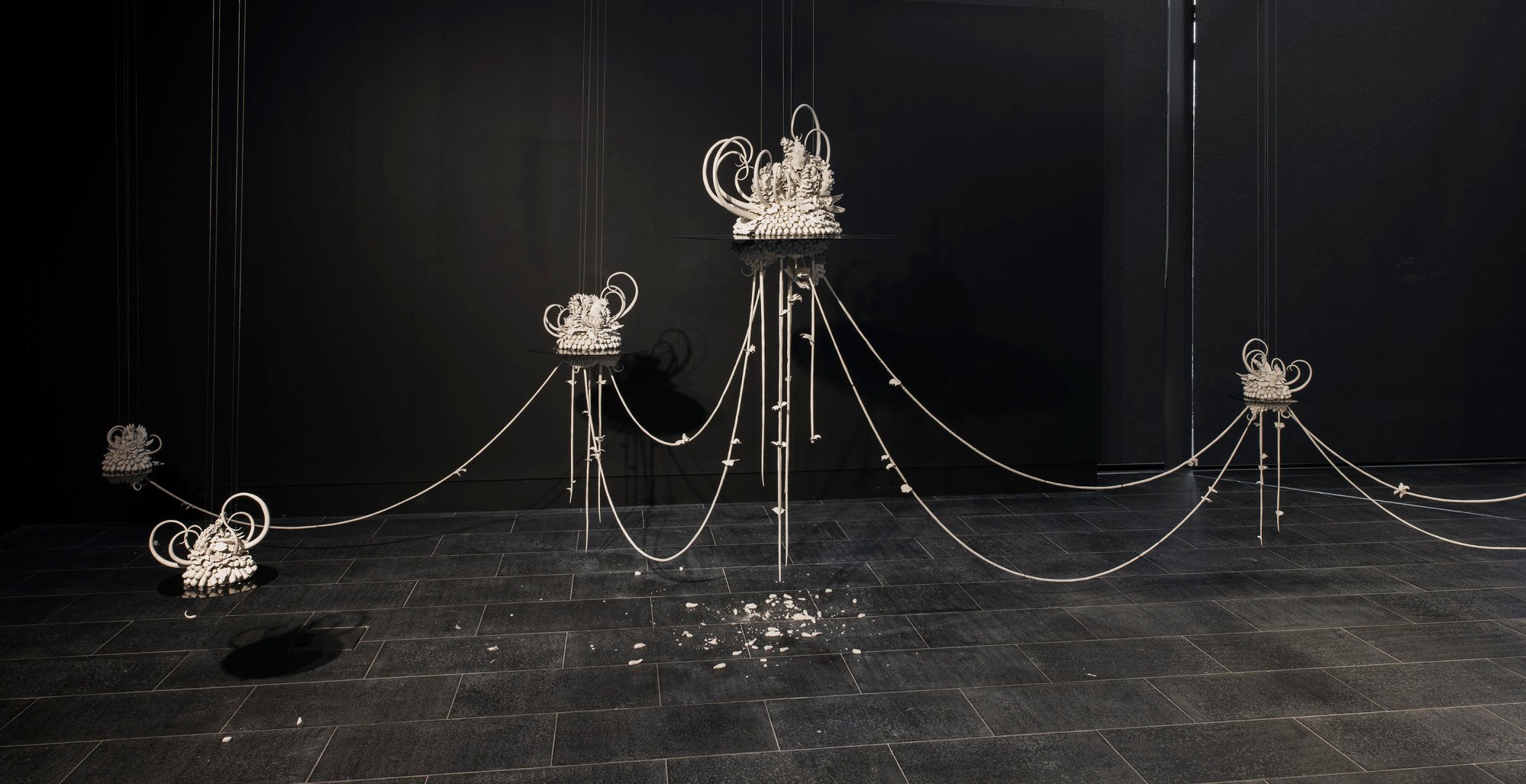
Like much of Li’s art, the installation was an ephemeral work made from unfired clay.
Li’s sculptures are so complex, and raw clay is so soft, that her installations often begin to disintegrate while she is still building them and before anyone has had a chance to see the complete work.
Nevertheless, Li’s unusual take on ceramics has captured the attention of curators: her work has been exhibited widely in Australia, as well as in New Zealand, South Korea, Japan, China, India, Thailand and Taiwan.
‘People didn’t know what to think’: New York street art pioneer’s dark works
‘People didn’t know what to think’: New York street art pioneer’s dark works
Li has also run ceramics classes around Asia and on February 2, and from February 4-6, will lead workshops at The Living Light Art Studio in Hong Kong.
Li started working with ceramics at university, where she began making small sculptures of flowers out of raw clay as a tool to help her meditate. She considered these to be separate from her art, which at the time was focused on more conventional fired ceramics, until her life was rocked by a series of losses.
“I lost a close friend 10 years ago to leukaemia, and then my father to multiple myeloma in 2020. He’d been battling cancer for six years. At the same time, I was also primary caretaker for my brother, who was also going through chemo,” explains Li, whose brother is now in remission.
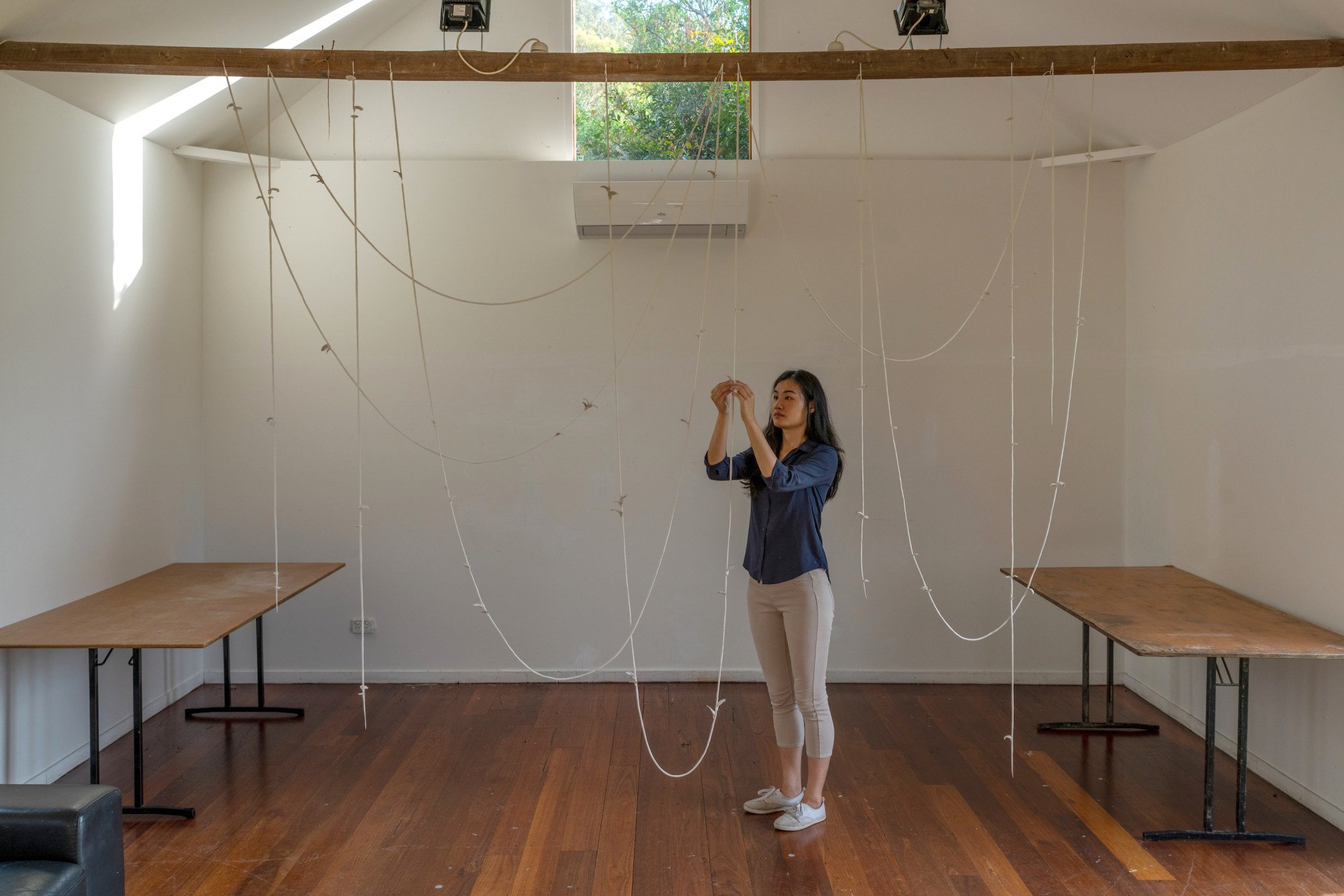
As Li was navigating her grief, she began to reconsider her work with unfired clay. She realised that her ephemeral sculptures of plants embodied ideas of the cycle of life, the passage of time, death and renewal, because much of the clay can be recycled after Li has used it.
“I merged my spiritual practice with my art practice. It felt more true to what I want to communicate,” Li says.
Although her inspiration came from such a personal and painful place, the ideas are fundamentally universal ones.
“That is something that is important in my practice: a search for a universal language. I try to take away as many unnecessary elements as possible, so that people can reach the ideas more easily,” she says.

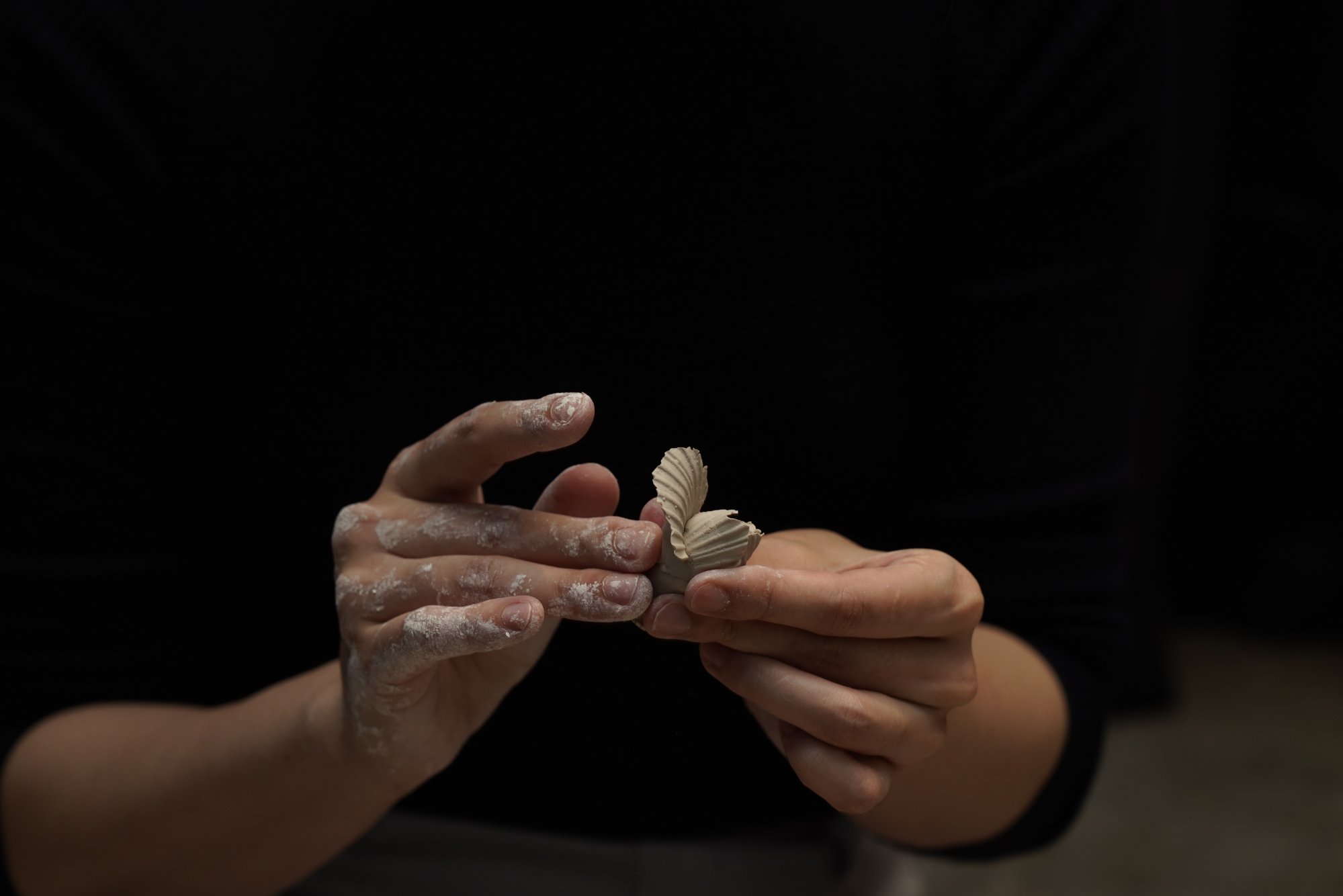
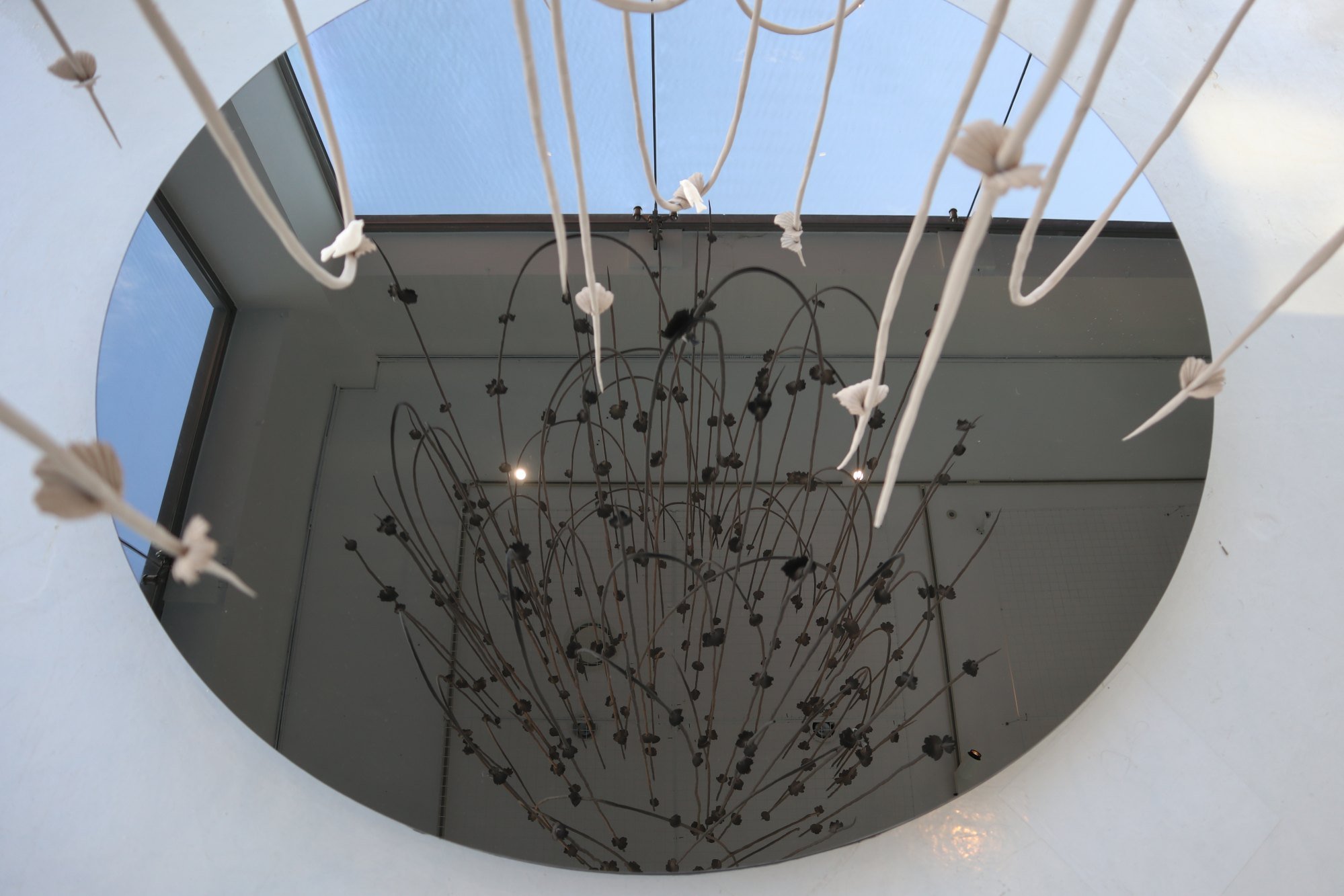
To this end, all the flowers that Li sculpts are her own creations, rather than copies of real-life plants. She invents them to avoid adding any flower symbolism into her work, especially as the same flower can mean contrasting things in different cultures: in China, for example, the lily is a symbol of good fortune, while in the West it is commonly associated with funerals.
Similarly, Li leaves the raw clay with its natural colour, rather than painting it, so that she doesn’t send any unintentional messages.
While Li says she is “focusing more and more” on her ephemeral work, she still makes fired porcelain sculptures.
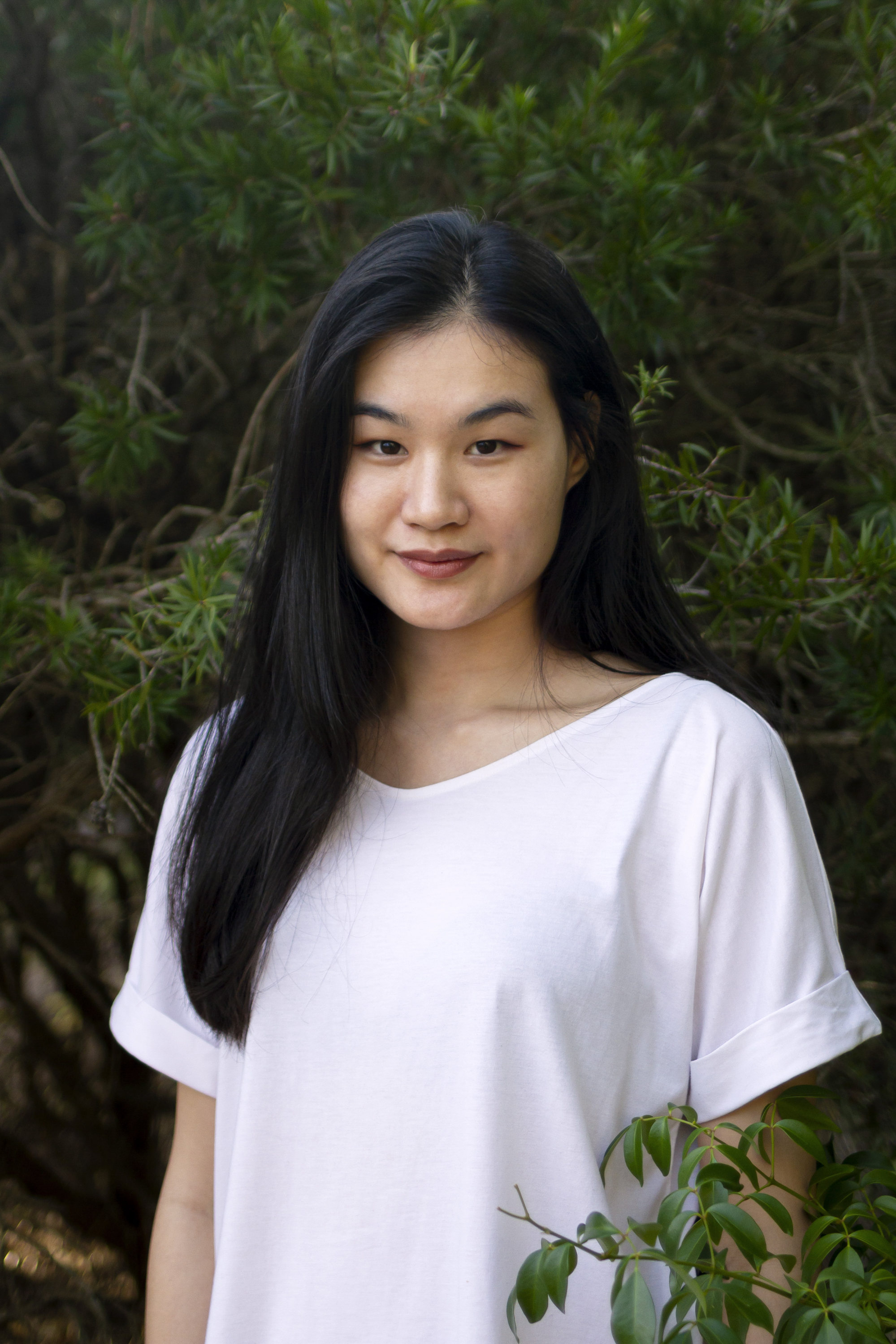
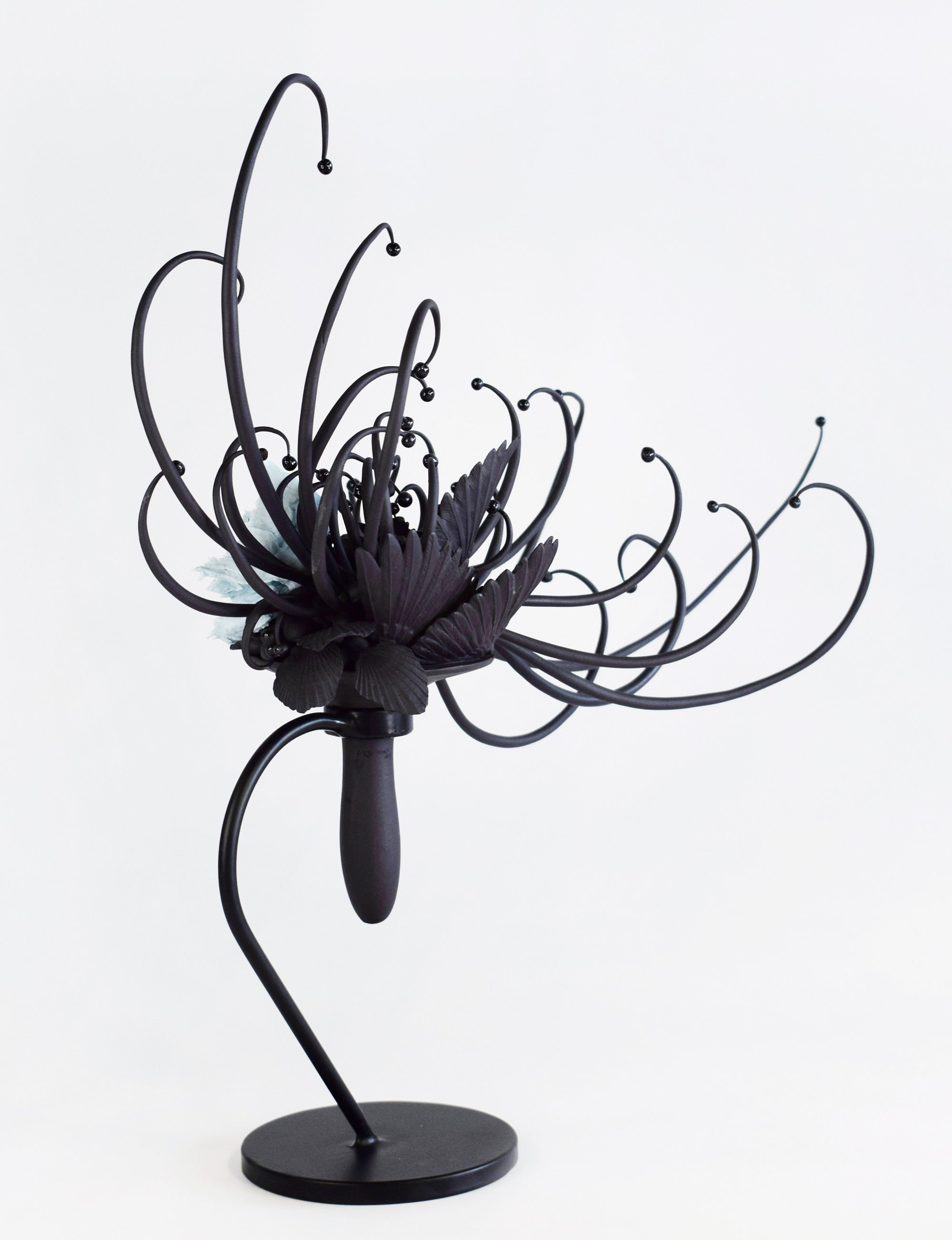
She has studios in Sydney and Jingdezhen – the historic porcelain capital of China, where she makes most of her fired works because the porcelain there is of such high quality.
“The craftsmen in Jingdezhen have amazing skills that have been passed down from generation to generation. Their workmanship really inspires me,” she says.
The craftsmen, however, tend to focus on making practical, usable ceramics, so don’t always understand Li’s art.
“The first thing they always ask me is: how do you use this? When I tell them you don’t, they kind of shake their head in disappointment,” she says, laughing.

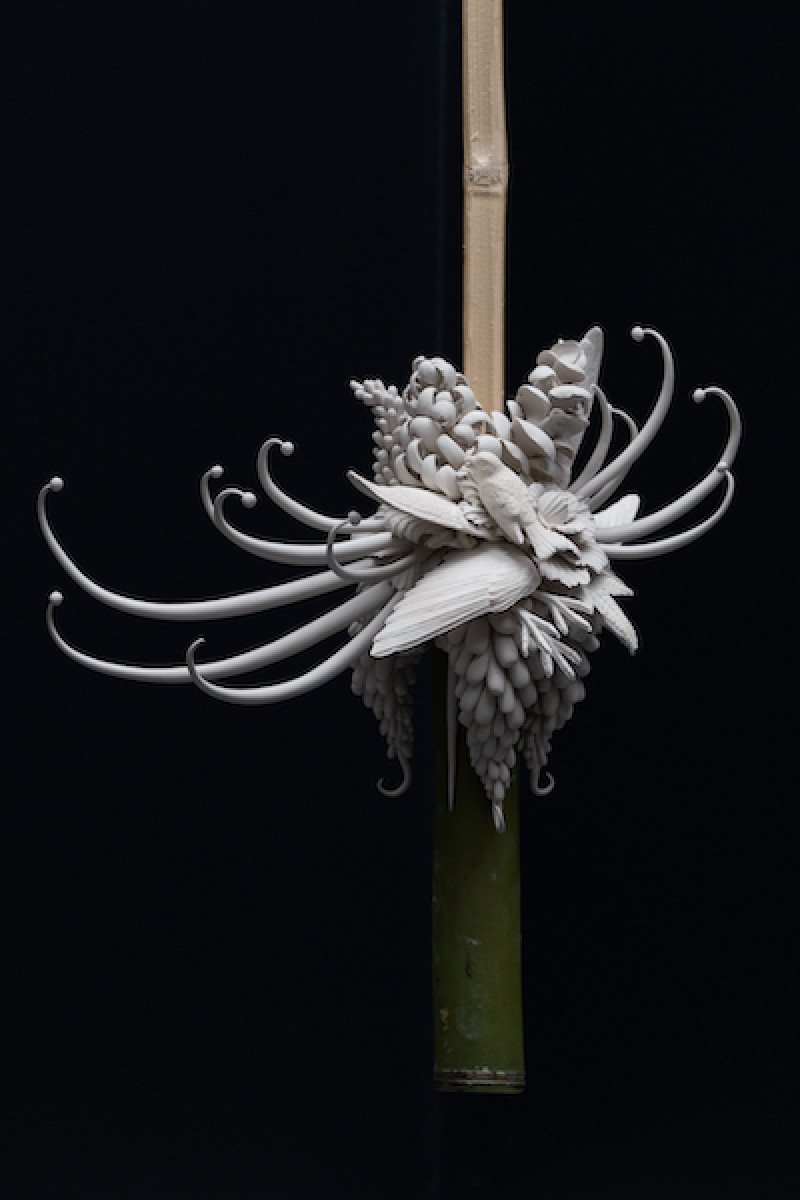
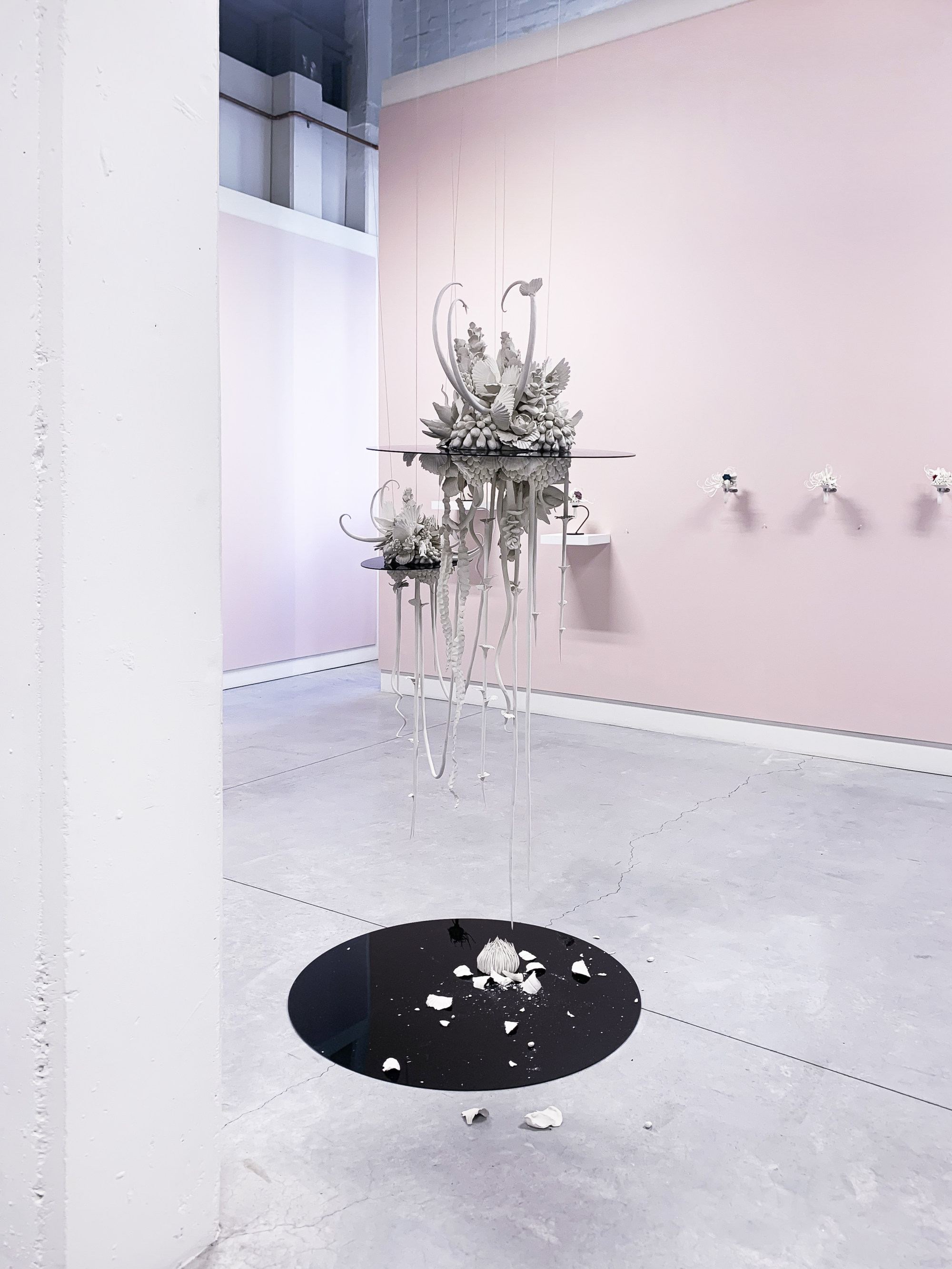
Li still enjoys making fired works, but they serve a practical purpose too: it is more straightforward to sell them to collectors and museums than her ephemeral installations.
“It is quite difficult to fund an ephemeral practice,” she admits. “Collection strategies are still built on more traditional ideas of what art should look like, so sometimes [collectors and institutions] shy away from my ephemeral work.”
But Li is not discouraged. She currently has several works on show at the Clayarch Gimhae Museum in South Korea, including an ephemeral installation.
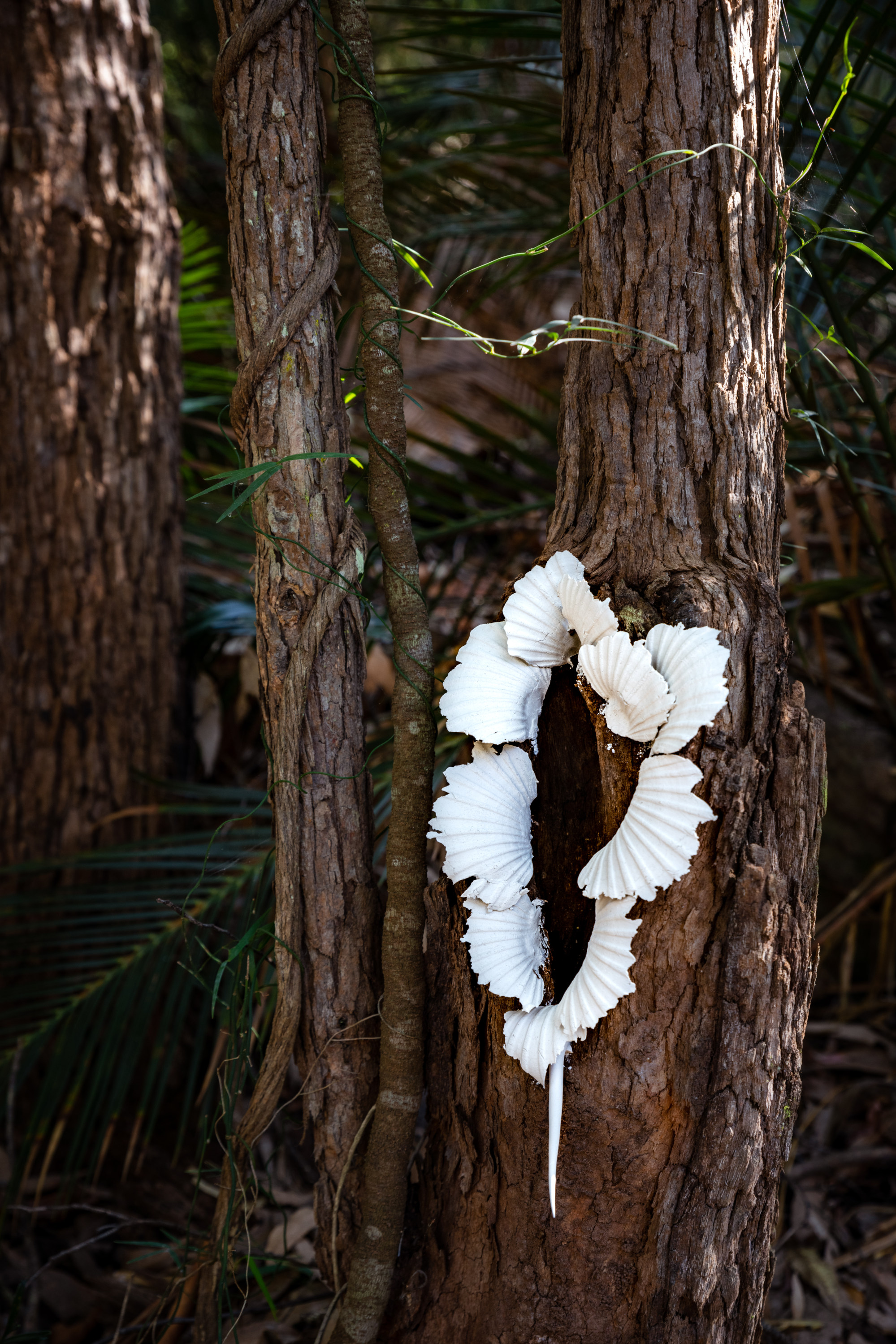
Along with her workshops in Hong Kong, she is preparing for a solo show in Brisbane, Australia, in May and a residency and exhibition in Thailand in the summer.
She is also experimenting with making ephemeral installations out of new materials. In 2023, she unveiled a sculpture made from wax.
“Now I really want to work with sugar,” she says. “In street markets in Taiwan, you get amazing candy made from sugar blown into the shape of fish or animals. I’d like to explore that next.”
For details of the Hong Kong workshops, visit The Living Light Art Studio’s website.

